

- Visit www.csba.org/Newsroom for links to digital versions of current and past issues of California School News.


School district and county office of education board members are locally elected public officials entrusted with governing a community’s public schools. Board members are tasked with ensuring that local educational agencies are responsive to the values, beliefs and priorities of their communities through five major responsibilities: setting direction, establishing an effective and efficient structure, providing support, ensuring accountability, and providing community leadership as advocates for children. Citizen oversight of local government is the cornerstone of democracy in the United States.
Through the Brown Act, the people of the state of California require transparency in the form of information about the actions and deliberations of school district governing boards and other local government agencies. In addition to board members’ crucial work for education, trustees must also adhere to the rules in the Government Code and Education Code sections defining the open meeting laws in the state.

Troy Flint | tflint@csba.org
Managing Editor:
Kimberly Sellery | ksellery@csba.org
Marketing Director:
Serina Pruitt | spruitt@csba.org
Staff Writers and Contributors:
Hugh Biggar | hbiggar@csba.org
Aaron Davis | adavis@csba.org
Mike Ambrose | mambrose@csba.org
Andrew Cummins | acummins@csba.org
Graphic Design Manager:
Kerry Macklin | kmacklin@csba.org
Emma Turner | La Mesa-Spring Valley SD
President-elect:
Xilonin Cruz-Gonzalez | Azusa USD
Vice President:
Tamara Otero | Cajon Valley Union USD
Immediate Past President:
Mike Walsh | Butte COE
CEO & Executive Director:
Vernon M. Billy
News and feature items submitted for publication are edited for style and space as necessary.

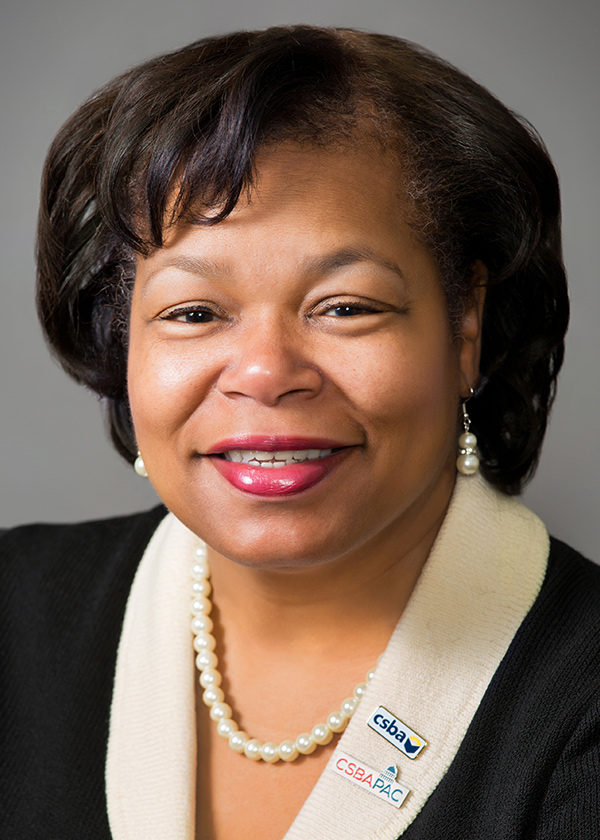
These are tumultuous times for public education. We began the new year with a teacher strike in the Los Angeles Unified School District. The year’s second month brought another teacher strike, this time in Oakland USD. And the financial strife is not just limited to big cities. Districts across California, small and large — urban, suburban and rural — are making deep cuts to counter rising costs and to maintain solvency.
When the demands for higher pay, lower class sizes, more staff and increased services meet the reality of insufficient resources, the inevitable result is the labor strife we are now experiencing. Teachers are not wrong to expect salaries and conditions more commensurate with the value of the work they perform. District leaders are not wrong to balance the desire for greater staff compensation and support with concern for fiscal stability, which is also a precondition for student success. Both sides have been forced into an untenable situation through decisions made not in local communities, union headquarters or district offices, but instead at the Capitol in Sacramento.
“In the past two and half years, California has experienced an unprecedented number of wildfires which have both directly and indirectly impacted our public schools,” Committee Chair Patrick O’Donnell (D-Long Beach) said. “This hearing will help us reflect upon any lessons learned, areas where state policy could improve conditions for school communities as they prepare for, respond to and recover from future natural disasters. This isn’t just about the past but about going forward as well, which I know many communities are working hard to do.”


Available in English, Spanish, Arabic and Mandarin, the toolkit consists of a series of modules that the agency will publish throughout the year. In January, the department unveiled the first two chapters. The first focuses on how to enroll a child in public school and outlines topics such as family and student rights, suggested questions to ask school staff members and tips for families. The rights portion addresses issues such as immunizations, documentation and personal information. The second chapter highlights issues about attending school in the United States, which includes an outline of how the country’s schools may differ from those in other places.
The state similarly used Dashboard indicator data to select those identified for federal aid under ESSA: The lowest-performing 7 percent of schools receiving Title I funds (accounting for 481 schools) and all high schools with a graduation rate of less than 67 percent, as averaged over two years (accounting for the other 300 schools on the 781-school list). Additional information on the criteria and the full list of eligible schools is available on the CDE website at https://bit.ly/2MZgSFe, which is also where further details on funding and technical assistance can be found.
As established by Assembly Bill 1808 (Ch. 32) passed in 2018), the budget overview must contain specific information, including, but not limited to, total projected LCFF revenue for the upcoming fiscal year, projected general fund expenditures, budgeted expenditures for planned actions and services, and current-year expenditures for increased or improved services for “high needs” students. “High needs” students are unduplicated students for LCFF funding purposes, a category comprised of English learners, homeless and foster youths, and students who are eligible for free and reduced-price meals. In addition, the overview must contain a brief description of the activities or programs supported by general fund expenditures that are not included in the LCAP.
When adopting the interim reports, the school board must take action to certify the financial condition of the district. There are three certification options based on current projections:
Positive — the district will meet its financial obligations for the current fiscal year and two subsequent fiscal years;
Qualified — the district may not meet its financial obligations for the current fiscal year or two subsequent fiscal years; or
Negative — the district will be unable to meet its financial obligations for the remainder of the current fiscal year or for the subsequent fiscal year.
It is important for the district to select a certification which accurately reflects the district’s financial position. Most districts will have a positive certification. For those with a qualified or negative certification, board members should know that the extra attention and focus from both within and outside the district can help identify options for improving the district’s financials.
- What were the key revenue and expenditure assumptions made to create this interim report?
- What are the risk factors that could lead our district to a qualified or negative certification in the future?
- If staff is recommending a positive certification, what are the lessons learned that could help us maintain a positive certification in future years?
- If staff is recommending a qualified certification, what does that mean and what are the next steps for the district?
- What resources and assistance are available from the county office of education in the case of a qualified or negative certification?
Budgets are covered in the School Finance module of CSBA’s Masters in Governance Course 3; information is available at www.csba.org. Additional resources can be found at the Financial Crisis Management Assistance Team website at www.fcmat.org.

President
La Mesa-Spring Valley SD

President-elect
Azusa USD
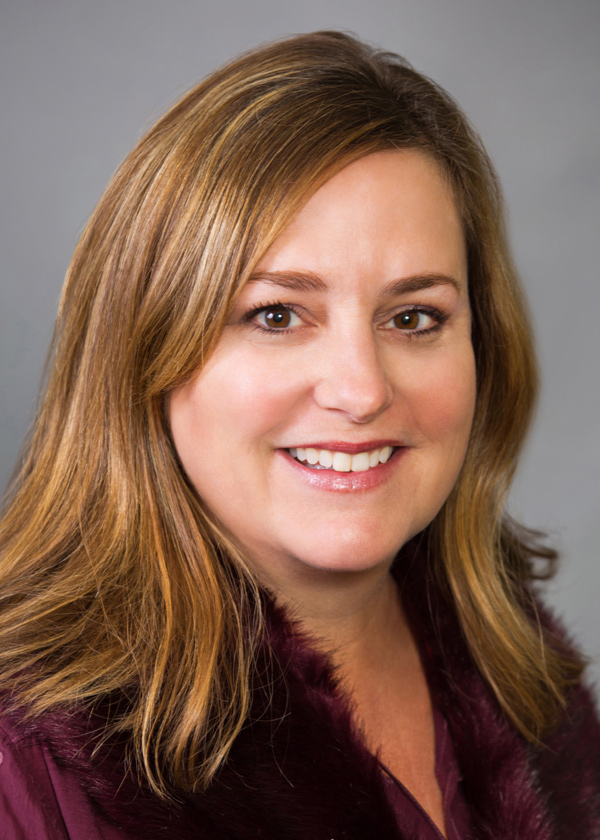
Vice President
Cajon Valley
Union SD

Immediate Past President
Butte COE
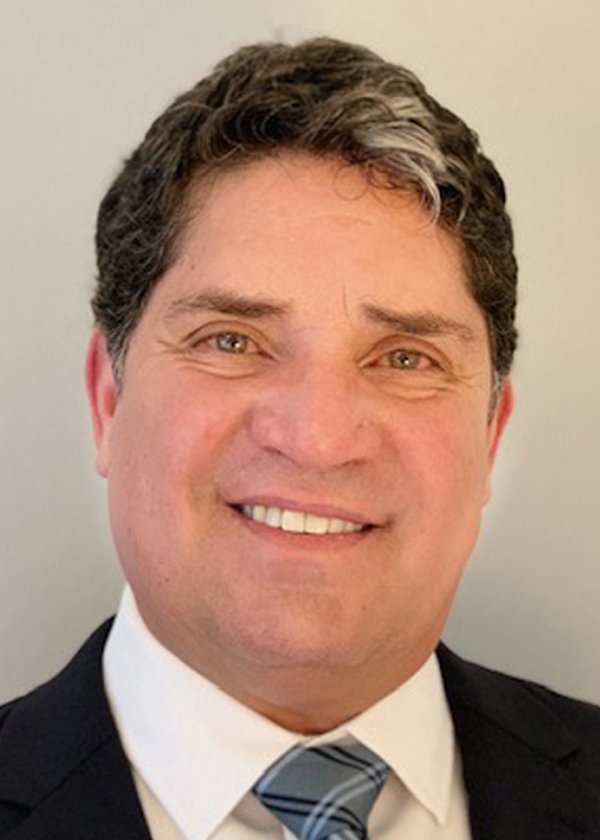
Region 1
Del Norte County USD

Region 2
Siskiyou COE

Region 3
Vallejo City USD

Region 4
Roseville Joint
Union HSD
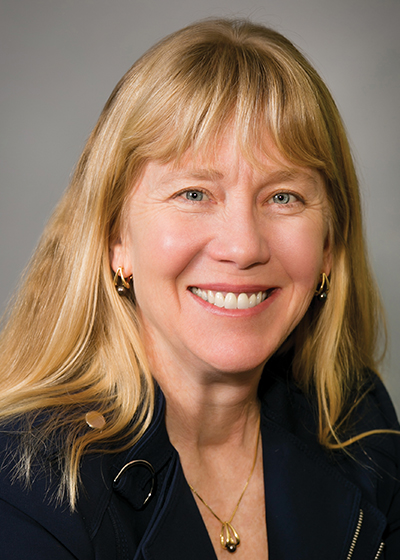
Region 5
Redwood City SD
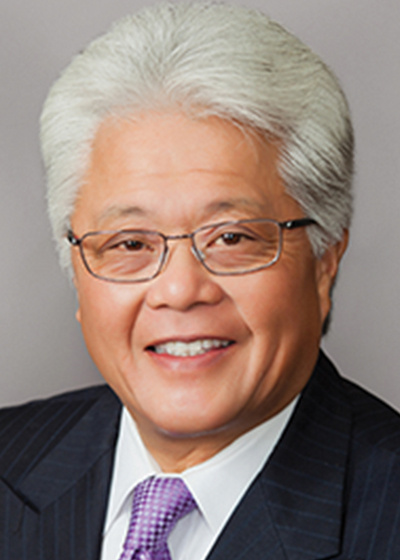
Region 6
Sacramento City USD

Region 7
Liberty Union HSD

Region 8
Lammersville USD
The report, “Early Adopters: State Approaches to Testing School Drinking Water for Lead in the United States,” concluded that 3 percent of California’s K-12 public schools had at least one tap with an elevated level of lead in water and 1 percent of all taps tested in the California’s public schools had shown lead levels at or above the level requiring action — 15 parts per billion per one liter of water.
Those results are based on testing at just 22 percent of the state’s more than 10,000 K-12 public schools. Previously, California offered schools free tap water testing for lead on a voluntary basis through a program of the State Water Resources Control Board. Now, under Assembly Bill 746 (Fletcher-Gonzalez, D-San Diego), community water systems are required to test five outlets at all California public K-12 school sites that were constructed before Jan. 1, 2010 by July 1. According to the California State Water Resources Control Board, less than half of California’s roughly 11,000 public schools (4,429) have been tested so far.
K-12 local educational agencies nationwide experienced both more frequent and more significant cybersecurity incidents in 2018, according to a new report from the K-12 Cybersecurity Resource Center. Data suggests the incidents did not discriminate by district type, location or size.
There were 122 publicly reported K-12 cyber incidents in the U.S. in 2018, or about one incident every three days. A map on the center’s website shows the location of every reported cyber incident since 2016, in addition to a description of the attack. Mt. Diablo Unified School District in Contra Costa County was one of two districts nationwide to report more than one incident in 2018.
Data breaches were the most common type of cyber incident or threat reported in 2018, with just over half of those carried out or caused by members of the impacted school community, whether by staff or students. Other prominent forms of cyber incidents explored in the report are phishing attacks, largely by email, and ransomware and malware outbreaks. “Perhaps most concerning in 2018 were a number of successful phishing attacks targeted at school district business officials,” the report states. Phishing is the practice of sending bogus emails that appear to be from a reputable company, but are actually bait designed to trick the recipient into providing personal or sensitive information such as passwords or checking account, credit card and Social Security numbers.

Dana Dean: “In Congress, we met with our representatives to share the importance of modernizing and fully funding the Individuals with Disabilities Education Act. We also discussed the importance of updating the Higher Education Act to include real, substantial funding for more and better teacher training to help stem the growing teacher shortage.
From my view, we were very well received, as was our message. I visited directly with Rep. Mike Thompson, Rep. John Garamendi, and Rep. Mark DeSaulnier, as well as all their chiefs of staff and education-focused legislative staff. I also had a chance to call on Rep. Eric Swalwell’s chief of staff, Alex Evans.
CCBE Annual Conference workshop proposal by April 2
Legislative Action Day
Masters in Governance Courses 3 and 4
Masters in Governance Course 5
Masters in Governance Courses 3 and 4
Masters in Governance Course 5






